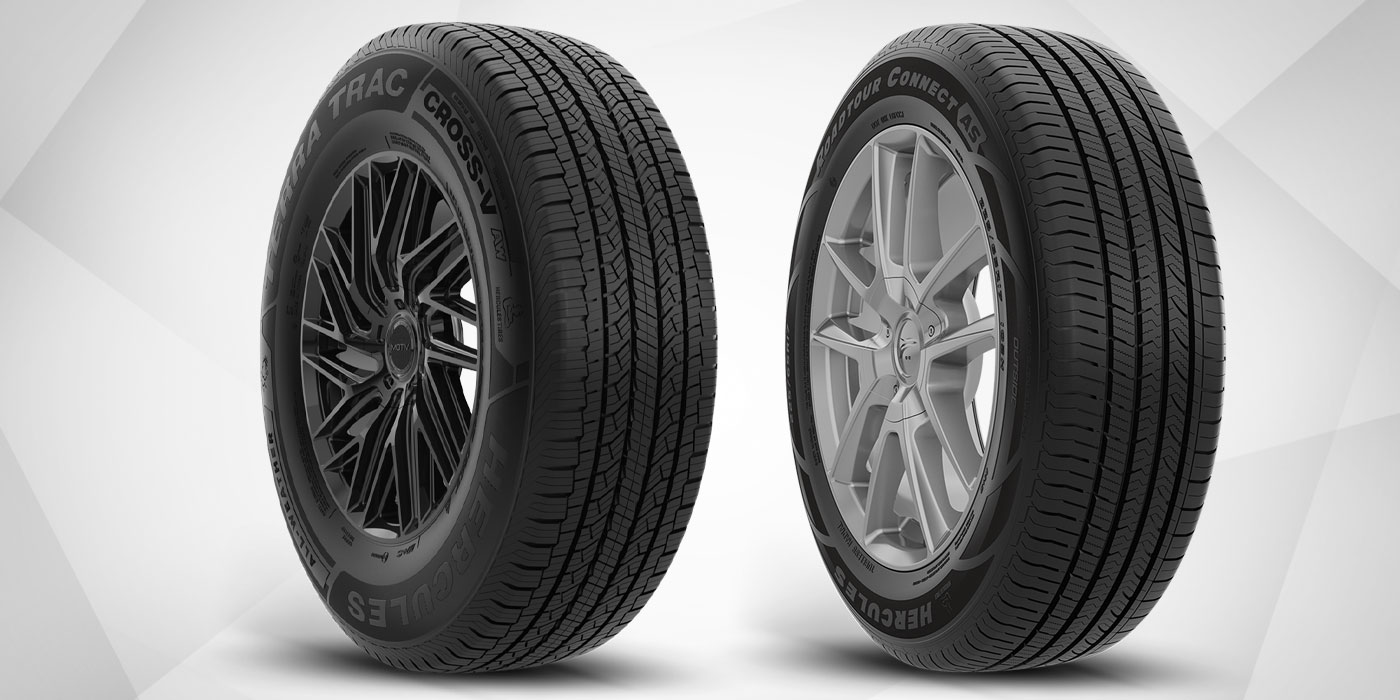For more than eight years, tire pressure monitoring systems have haunted the tire and auto industries. And just like any automotive component, the lifespan of TPMS parts is getting increasingly shorter year-by-year. Therein lies not only a solid business opportunity, but also an opportunity to show the customer your knowledge of the business – for safety’s sake.
One of the smallest, yet most important components for most TPMS sensors is the valve stem. The valve stem for a TPMS-equipped vehicle performs the same function as its predecessors – it keeps air in the tire. If it doesn’t seal properly and leaks air, the result is the same: an underinflated tire, and a low tire is a dangerous one.
“Many dealers aren’t servicing the stems,” said Bill Whitt, director of NAPA business development for Schrader-Bridgeport International. “This is a key part of TPMS service that people have overlooked. They have also been bypassing a revenue opportunity.”
With more than 250 years of combined experience in engineered fluid systems, Schrader says it is the technological leader in TPMS with vehicle manufacturers. It also offers replacement sensors, service packs, tools and retrofit kits for the replacement market, according to the company.
“The stems are an integral part of the entire TPMS package,” said Whitt. “In the past, the standard operating procedure for replacing valve stems in a tubeless tire has been to rip off the old stem and insert another one. Today, however, with TPMS, you’ve got to deal with other critical parts that comprise the entire sensor component.”
The key parts in the valve stem mechanism are the grommet, valve core, sealing cap and hex nut. “Any time a tire is replaced or any time the sensor is removed, we recommend that you replace every part of the component,” said Whitt. “Even GM and Honda will tell you not to reuse the same nut.”
The objective, said Whitt, is to not only replace all of the parts in the stem system, but also to protect the sensor. “Mounting and demounting any tire on a wheel with a valve stem TPMS should be careful and deliberate,” he said. “This requires patience and, of course, the proper tools.”
There are several reasons why Whitt and Schrader recommend rebuilding valve stems. “Most tire people will understand the reason to replace a rubber part,” said Whitt. “The environment – heat, cold, ozone, UV rays, salt, compression set, etc. – is devastating to rubber after time. It’s just as important, though, to replace the other components because they are an integral part of the package.”
Schrader-Bridgeport considers the replacement of these sealing components so important that it has written and distributed to its customers a bulletin outlining the technical reasons for replacing the grommet, nut, cap and core.
Another issue with TPMS valve stems, according to Whitt, is that some aftermarket valve stem caps are made of brass or have thread inserts that are made of brass. This sets up a natural corrosion between the aluminum valve stem of the TPMS sensor unit and the brass threads of the valve stem cap.
Whitt and Schrader also recommend using new grommets, nuts, plastic or nickel-plated valve caps and electroless, nickel-plated valve cores when performing any tire service. “You should never use a brass valve core or unplated brass cap with an aluminum TPMS sensor stem,” Whitt said.
“Contact between dissimilar metals can cause galvanic corrosion, which can lead to loss of air pressure and potential damage to the valve stem. That will warrant replacing the sensor.
“The corrosion can cause them to fuse together, becoming difficult to remove by hand,” said Whitt. “Then, when force is used to remove the valve stem cap, the aluminum valve stem of the wheel sensor unit will break off and the TPMS wheel unit will need to be replaced.”
As in most cases, Whitt said to refer to the TPMS sensor manufacturer’s specifications for proper torque requirements when replacing the nuts and valve cores.
While Whitt recognizes the importance of safety and just “doing things the right way,” he also said that the issue of servicing TPMS sensor stems is a solid business opportunity.
Opportunity Knocking
“With the tubeless tire, the valve stems might cost a dealer 15 cents a piece,” he said. “A customary markup would give you a good profit. However, with TPMS being more involved and more technical, a dealer should get paid an appropriate amount for servicing them. Our kits go for anywhere between $3 and $3.50 per kit, but dealers should charge a fair rate if they rebuild the stem.”
Whitt believes that the potential revenue stream is part of a larger picture of educating the dealer and the customer.
“Dealers should view servicing stems and TPMS in total as a great business opportunity,” he said. “In addition to stocking the right parts and using the right tools, they should advertise that they service TPMS and become knowledgeable experts in that area.
“The average car owner might not know about TPMS and, therefore, might not understand that it costs more to service tires with TPMS,” said Whitt. “We believe that if you educate the customer first, you won’t have as many problems in trying to sell the service – or other goods.”
With that in mind, Schrader offers several POS and display materials. They alert the customer before they come in the door. “We have signs – a static cling for the doors – that say, ‘We Speak TPMS,’” he said. “We also have a consumer tri-fold brochure that tells them all about TPMS in language that they can understand. In addition, we provide the counter sales personnel with similar information on a desk pad.”
As Whitt appropriately points out, “TPMS is not going away. The revenue stream on sensors is substantial, but limited. The true revenue is in the kits.”
Like all good businessmen, Whitt also knows that success comes with solid support. That support, he says, comes with instructions.
“The Mitchell1 manual is a great resource,” Whitt said. “Mitchell1 keeps everything up to date and it is the recognized ‘bible’ of the industry. Every shop should have one.”
As far as servicing and replacing TPMS valve stem sensors is concerned, Schrader-Bridgeport offers the following tips:
1. Using an appropriate tool, first verify that the tire/wheel assembly is equipped with a tire pressure monitor.
2. If it has TPMS, remove the caps.
3. Trigger the TPMS monitor with the tool.
4. Verify that it is working.
5. Let the air out, remove the cores and replace them with new components using a valve core torque tool and appropriate levels.
6. Replace the tire and re-torque or tighten with an inch-pounds torque wrench (to manufacturer’s standards) and verify that it is not leaking.
Schrader-Bridgeport also recommends that every time a tire is removed from the wheel, the sensor be removed and a service pack be used to replace the cap, core, grommet and nut.
(Editor’s Note: Due to an editing error in the TPMS feature in our August issue, Mr. Whitt’s name was misspelled. Tire Review regrets the error.)













